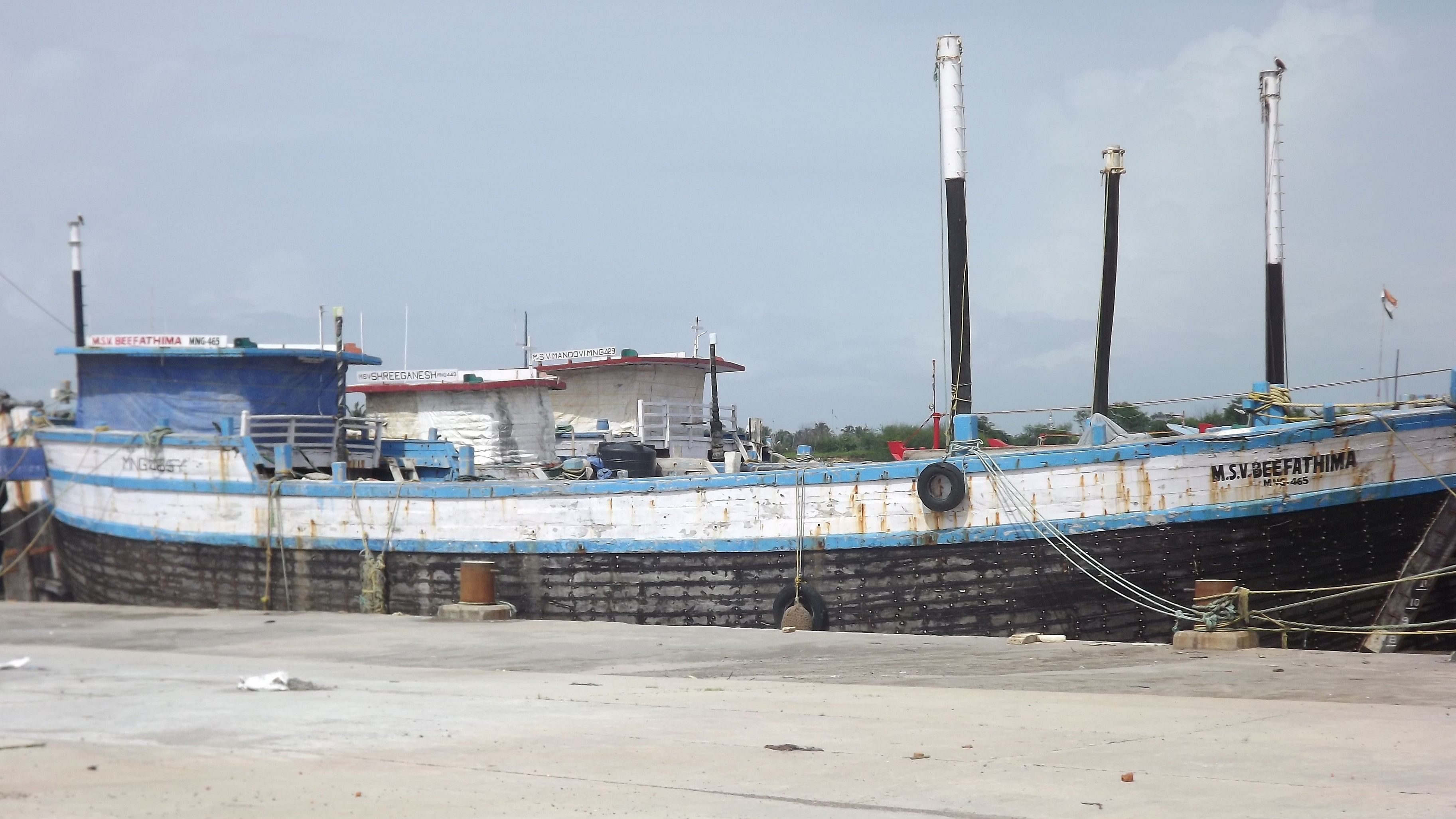
Credit: Special Arrangement
Every day at dawn, hundreds of fishing boats berth at the jetty of Old Mangalore Port to unload the catch of the night. There is a cacophony of fish mongers, merchants, auctioneers and buyers, ice suppliers for refrigeration and transporters, while the fish is auctioned.
Moroccan traveller Ibn Battuta, who visited the region in 1342, recorded sea traders from Persia and other regions that we now call the Middle East. Similarly, Italian traveller Ludovico di Varthema, who visited India in 1506, wrote of the bustling port of Mangalore, full of small and big dhows (trading vessels), laden with rice, spices, silk and cotton for export.
The old port of Mangalore has been the focus of a power struggle for centuries. Until the arrival of the Portuguese in the 1500s, it was ruled by regional dynasties. Local and Arab merchants traded here in the 14th and 15th centuries.
Twenty years after their arrival, the Portuguese seized the port and held it until the late 18th century. The British East India Company took over from 1767 to 1783. After this, Tipu Sultan took control of the city and port.
When the British defeated Tipu in the Fourth Anglo-Mysore War, they controlled the port for a long, peaceful period. It was used to ferry goods and passengers to Lakhsadweep and Middle Eastern countries.
In the distant past, when the forest laws were not stringent, timber was sourced from the forest and exported. Logs were transported from the Old Mangalore Port by dhows, locally known as manjhi and kotiya in Beary language. Depending on the size of the dhows, they could carry cargo up to 500 tonnes or more.
During the monsoon, there was no sailing of the dhows. The timber processed during the monsoon was stored in the godowns to be shipped after November.
Iron ore, manganese, cashew nuts, oil and coir were exported while carpets and dates were imported. During World War II, the British hired these dhows for transporting artillery.
Anchored ships
Besides being a fishing harbour, the Old Port also served cargo-carrying vessels as Mangalore did not have a full-fledged harbour. Ships laden with cargo used to anchor mid-sea. Import cargo used to be unloaded from these ships and export cargo loaded with the help of dhows which were pulled by powerful tugboats from the Old Mangalore Port to the ships.
Goods were also shipped by large sailing dhows to Bombay and other ports. It used to take three days to reach Bombay. There were a number of merchants who had their own sailing dhows, but when the trucks started transporting logs to the doorstep of the consignee, the sailing dhows lost business.
The dhow business was to gradually come to an end. In 1974, the New Mangalore Port and Harbour was opened. Cargo handling shifted to the new port and overnight, the dhow business stopped. Hundreds of dhows were now worthless and dhow owners had no backup plan.
In the past, country crafts from all parts of the west coast such as Veraval (Gujarat), Dabhol and Ratnagiri (Maharashtra) and the east coast mainly Thoothukudi (Tamil Nadu) and even Colombo (Sri Lanka) anchored here to carry clay roofing tiles for which Mangalore was once famous (eponymously called Mangalore tiles). With the decline of the tile industry, this side of the port became a sleepy locality.
The port today
At one end of the port, there is a quaint little lighthouse in a place called Hoige Bazaar (literally sand market in Kannada). Today, the lighthouse and its surroundings, largely deserted, have a charm of their own.
At the other end of the port is a ferry junction, which takes you to an island called Bangere. The local fisher community lives here.
Credit: Special Arrangement
Today, fishing continues to be the main activity in this port. The Old Mangalore Port may be a mere shadow of its past, and yet, it retains its antiquity to charm a visitor.
While more than 1,000 fishing boats transact business every day at the Old Mangalore Port, only about 50 cargo vessels enter and leave. Cargo vessels supply cement, building materials and provisions to Lakshadweep. When an airport was being constructed at Agatti Island of Lakshadweep, construction materials like cement and clinkers were sent by ship.